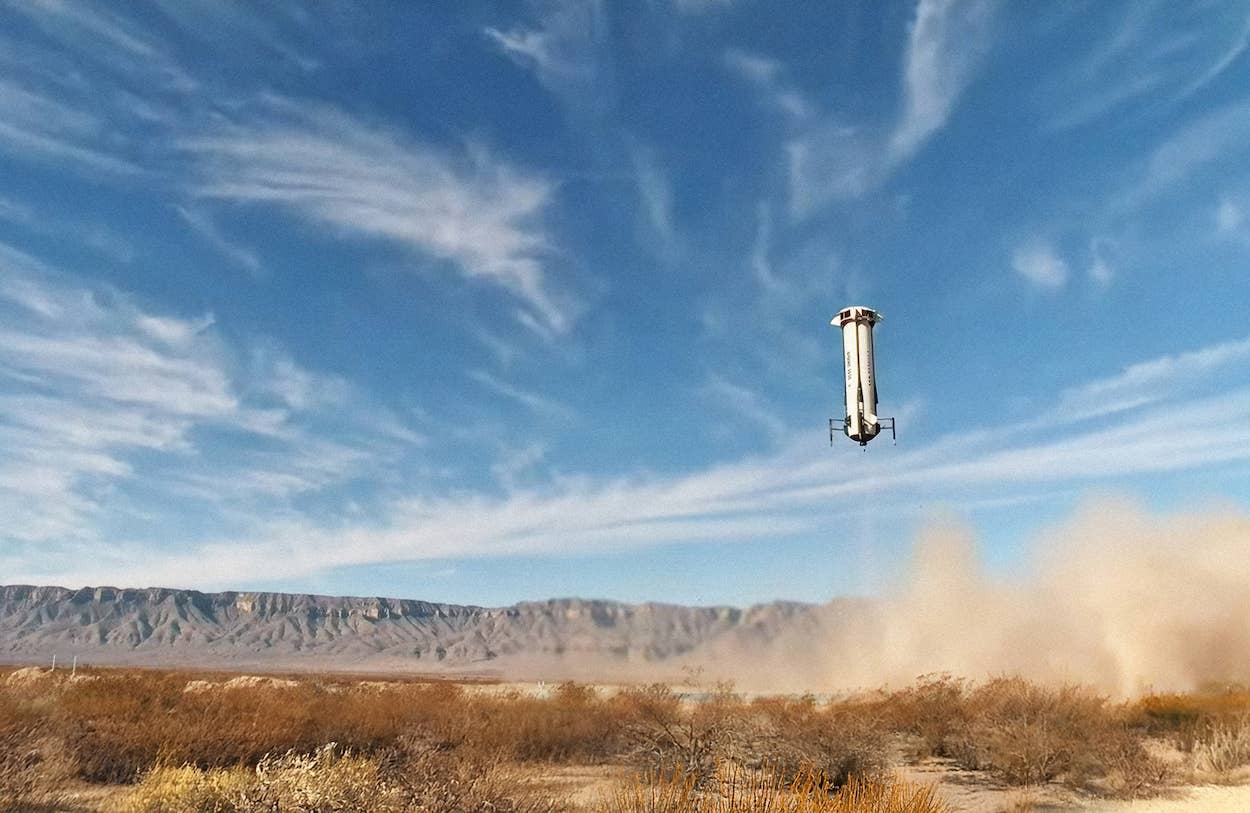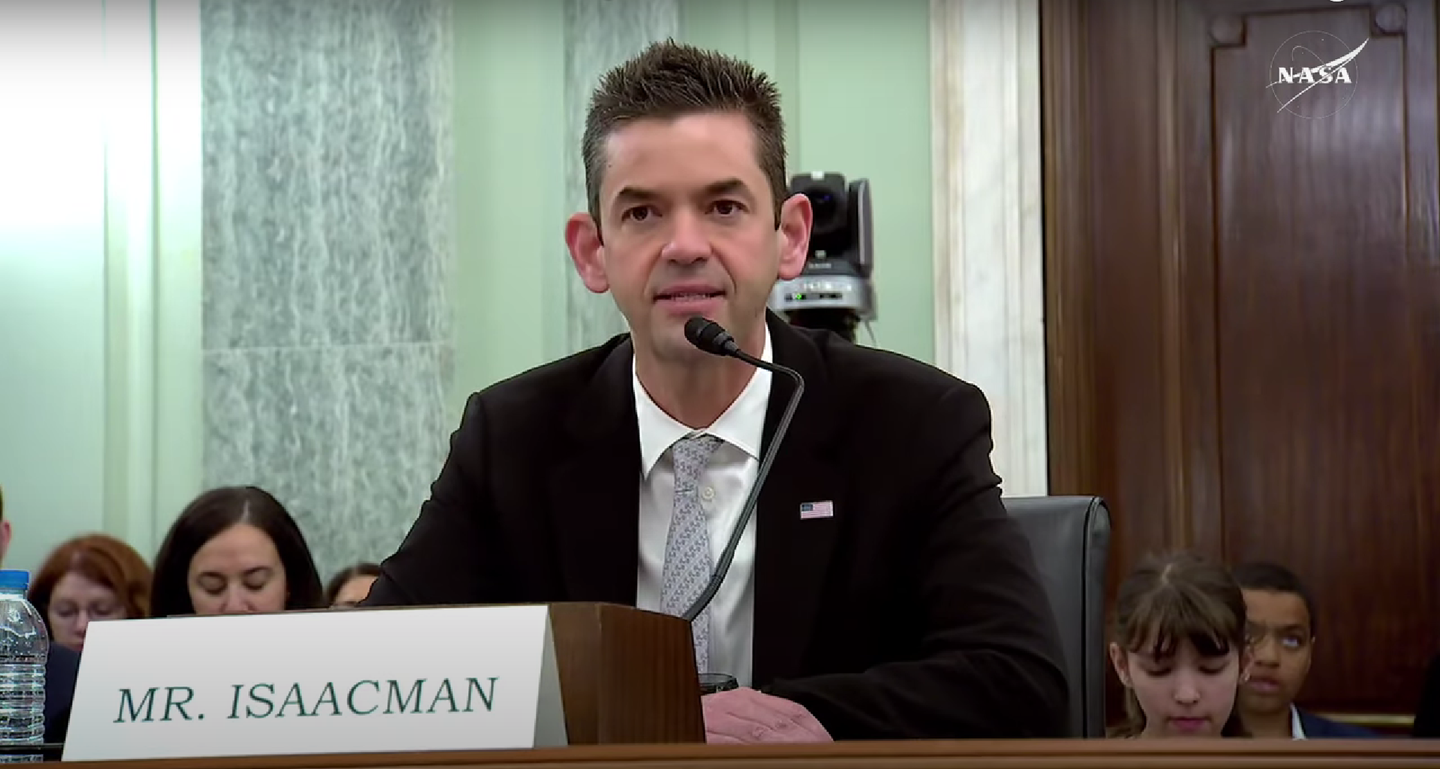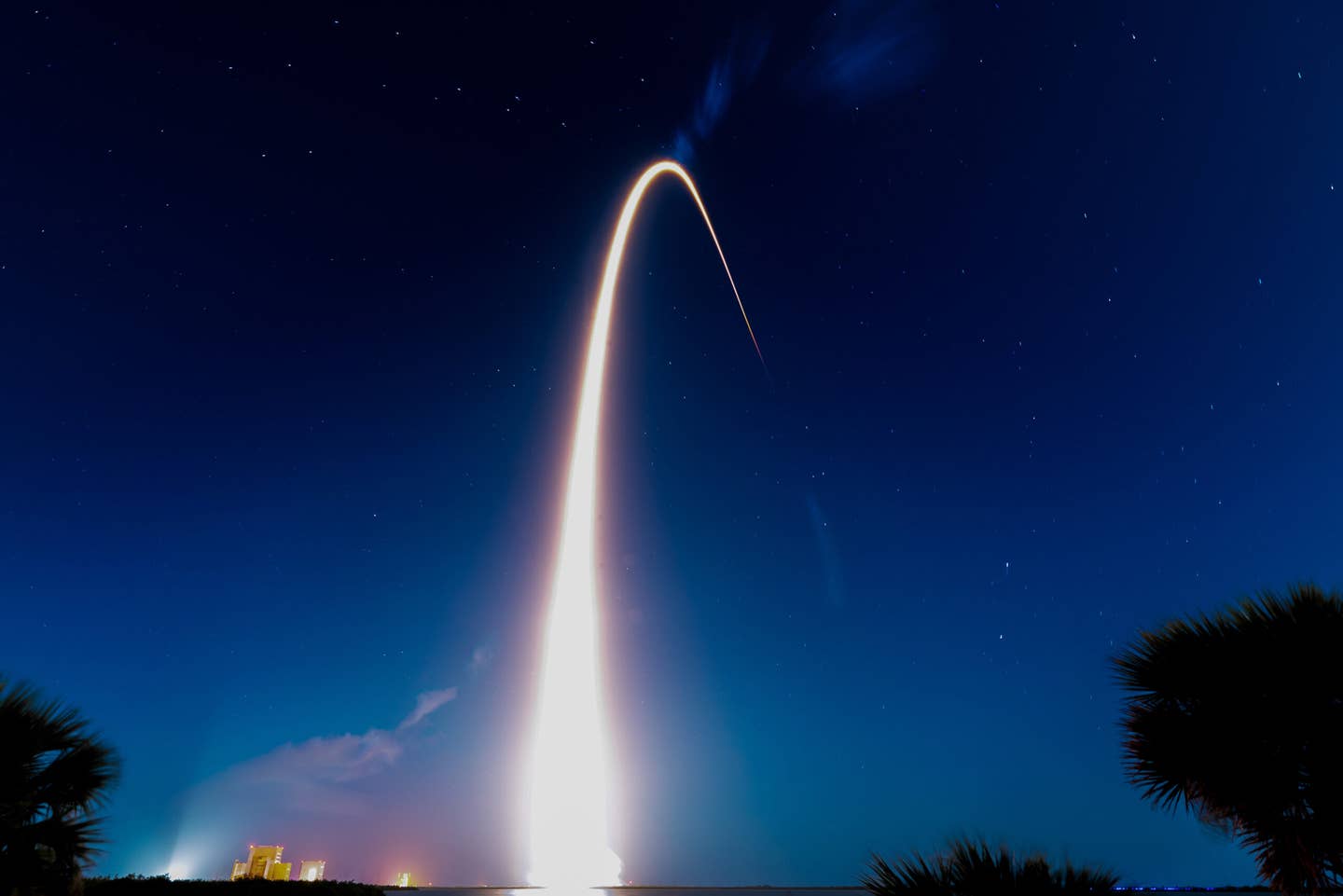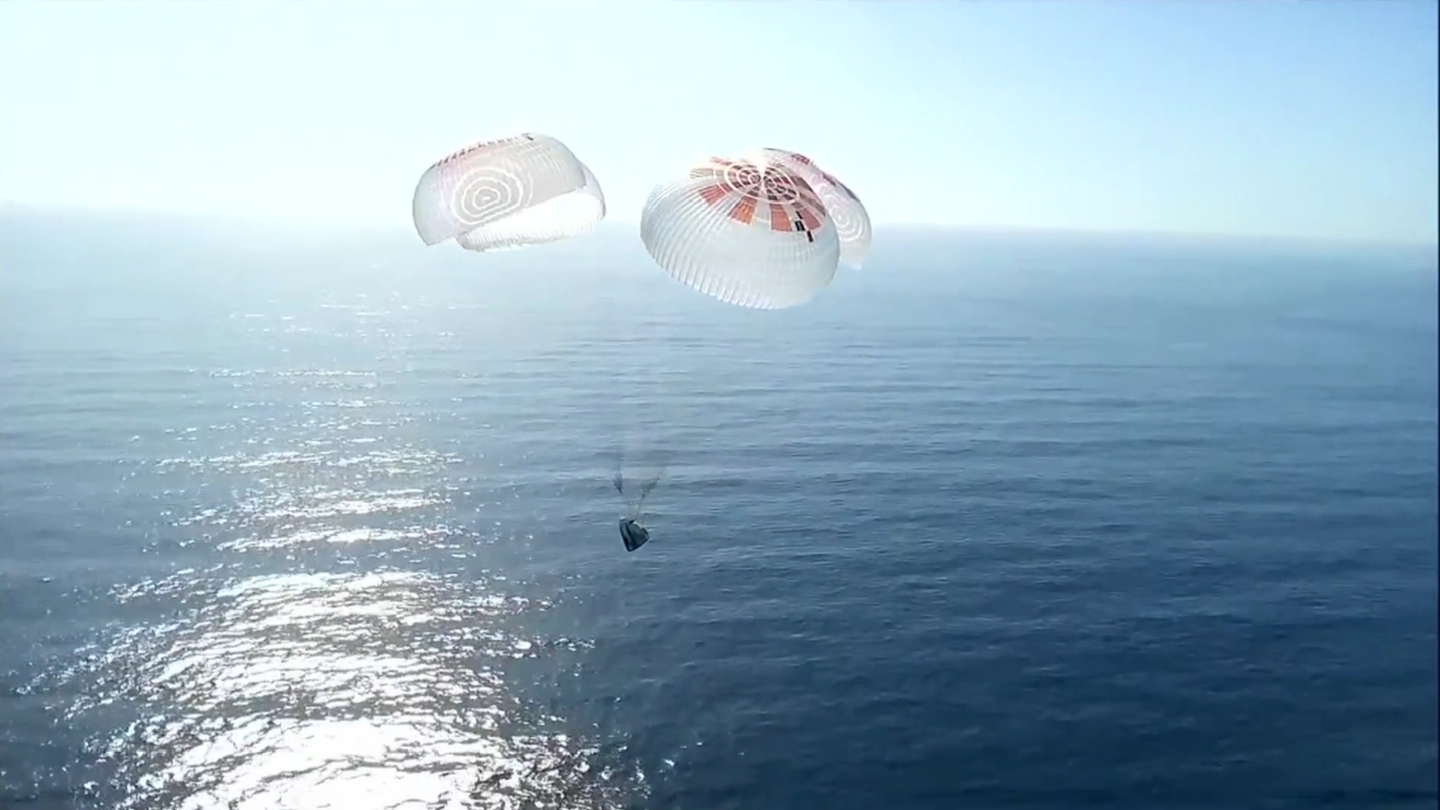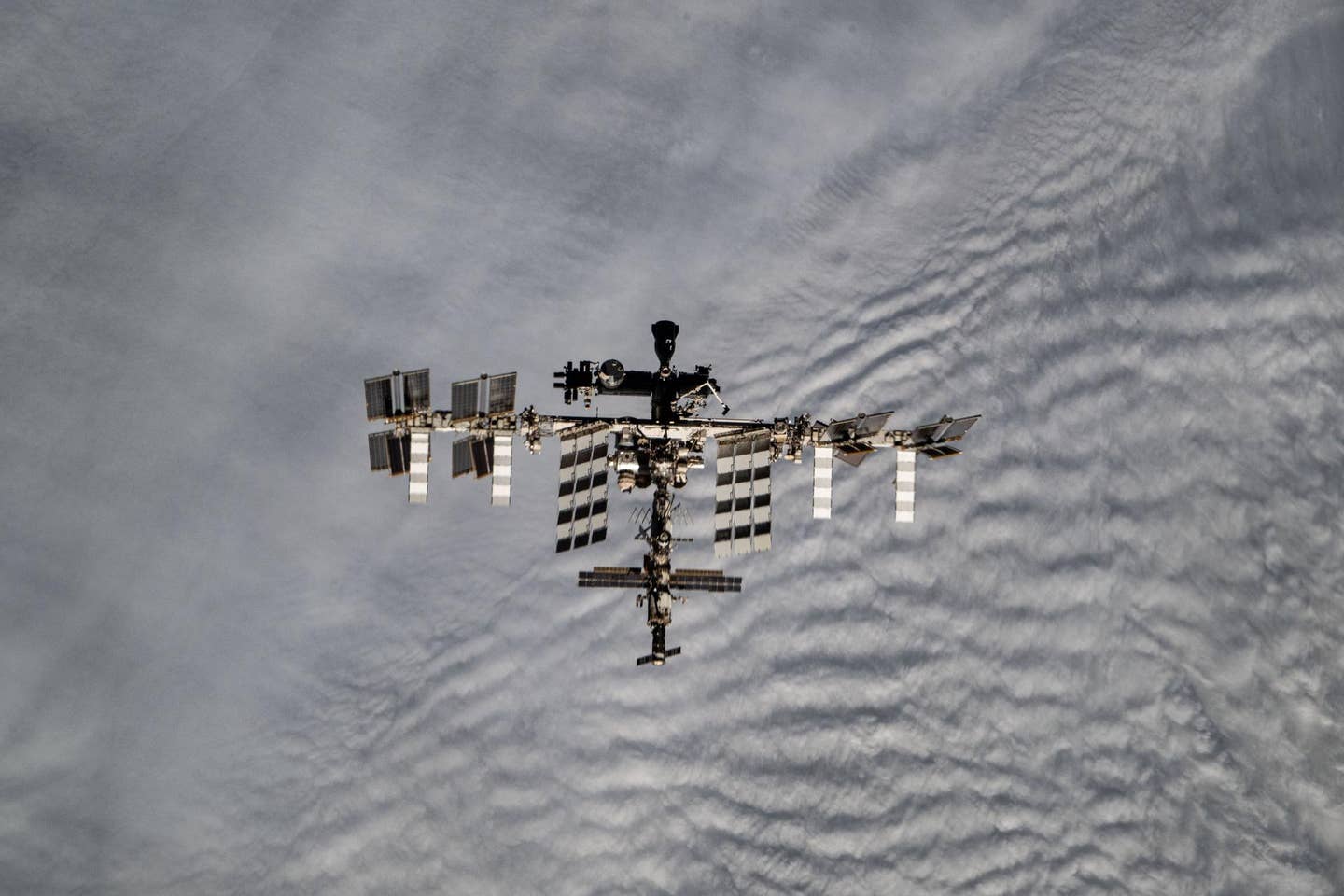NASA Engineers Tackle Aircraft Engine Noise
NASA researchers are using a supercomputer to develop software to model engine configurations.
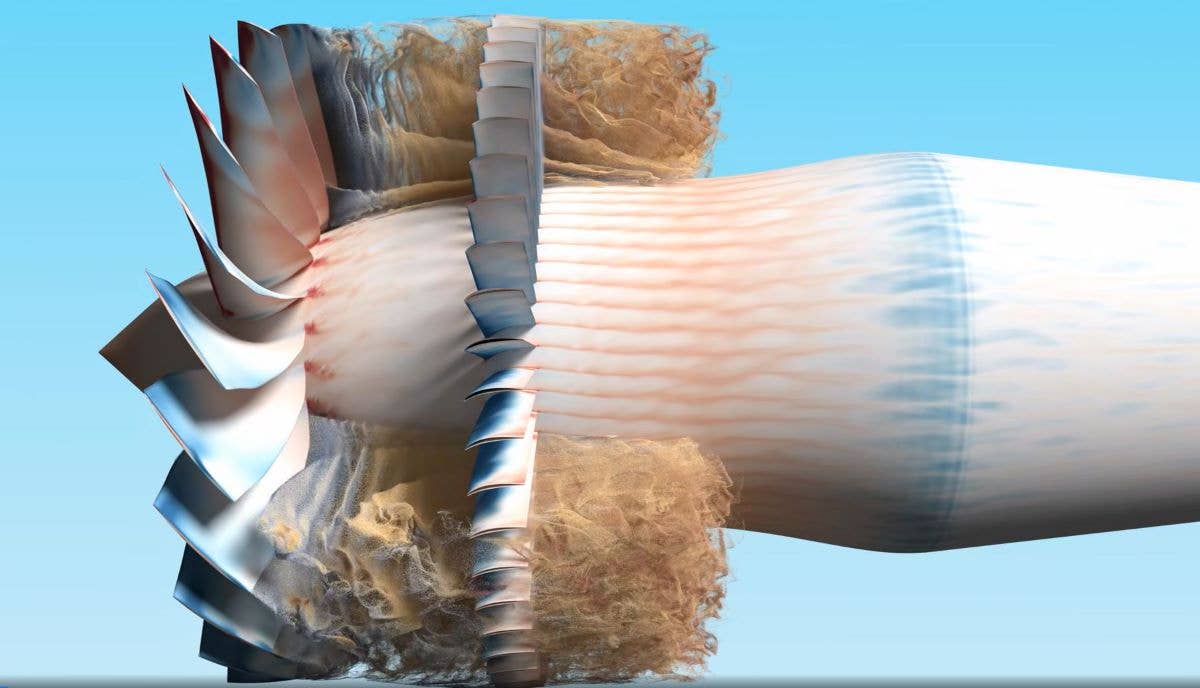
Engineers and researchers at NASA’s Ames Research Center at Moffett Field (KNUQ) in California are modeling aerodynamic and acoustic fields around turbofan engines. [Screenshot, Courtesy: NASA]
In the ongoing quest to make airplane engines quieter, a team of NASA researchers is turning to Pleiades, one of the world's most powerful supercomputers.
Engineers and researchers at NASA's Ames Research Center at Moffett Field (KNUQ) in California are modeling aerodynamic and acoustic fields around turbofan engines in order to develop software that can model engine configurations faster and cheaper. Project results will be compared to data collected at the Low Speed Anechoic Wind Tunnel at NASA’s Glenn Research Center in Cleveland to determine how the simulation techniques work with the software framework.
The development could lead to an easier testing and certification process of turbofan engines that use less fuel and reduce emissions without increased noise levels, the agency said.
"[T]ime-accurate simulations of an entire airbreathing turbofan jet engine are computationally expensive, especially when researchers attempt to capture the vast amount of turbulent aerodynamic and aero-acoustic data," NASA said, adding the team is aiming to reduce the costs of complex simulations by using a sliding mesh technique that "reduces the amount of runtime mapping procedures by analytically matching stationary and rotating points on the modeling grid."
The simulation is one of 42 research projects NASA is showcasing at the SC23 international supercomputing conference this week in Denver.
"To capture the main features of the noise signal characteristic of a rotating turbofan, one needs to obtain time-accurate solution data for a sufficiently long time window, usually on the order of [10] or more fan revolutions,” said Luis Fernandes, a NASA engineer at the Ames Research Center. “With the large size of the numerical grids needed to capture higher frequency tones, these simulations require computational resources only available in the largest [high-performance computing] facilities in the world, such as the NASA Advanced Supercomputing (NAS) facility."
WATCH: Turbofan Simulation
This simulation shows the complex flow of air particles through the Source Diagnostic Test turbofan engine. By simulating the fan’s rotations, researchers can target design innovations and modifications to reduce the impact of fan noise on people living and working in areas with heavy air traffic. [Courtesy: NASA]

Sign-up for newsletters & special offers!
Get the latest FLYING stories & special offers delivered directly to your inbox

